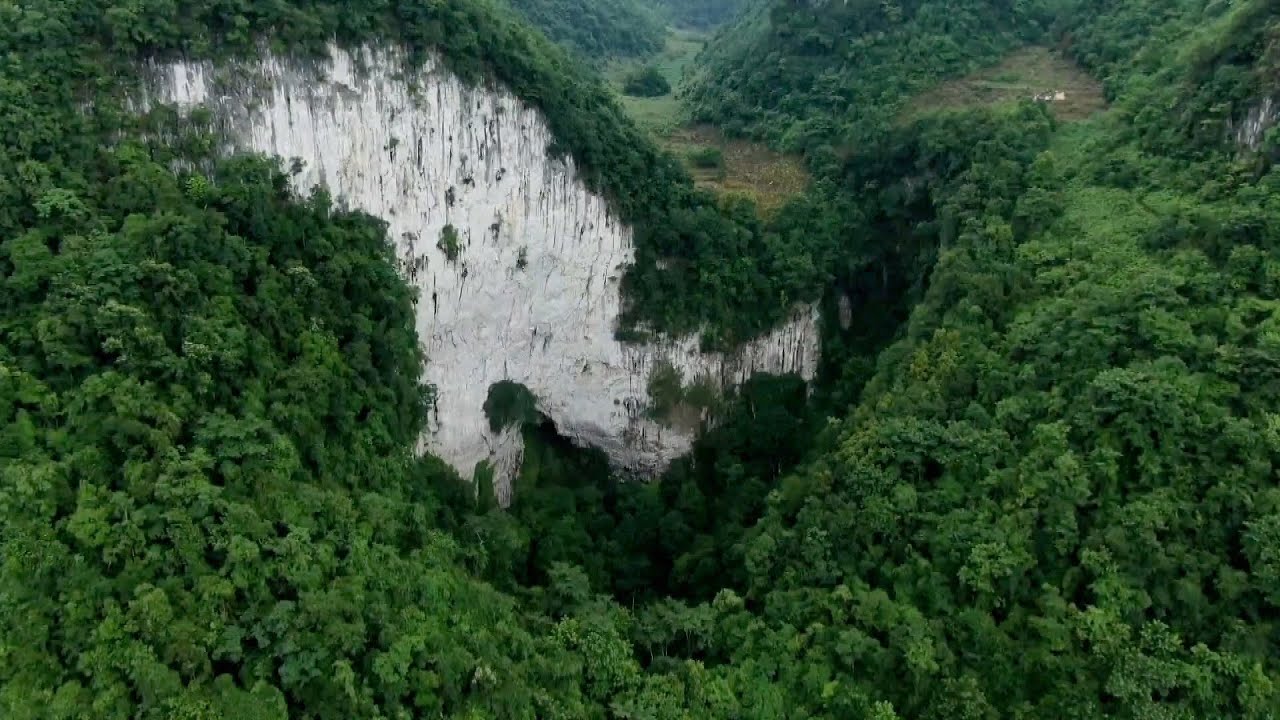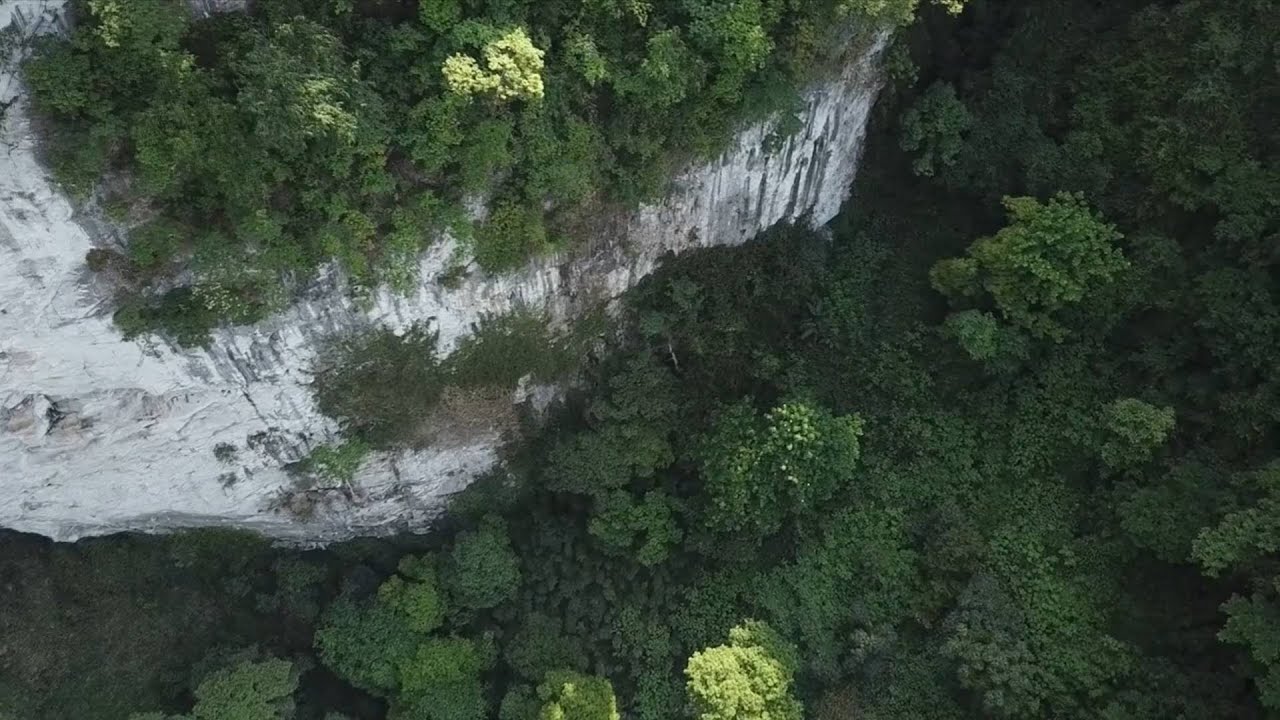It’s possible that an old forest found at the bottom of a sizable sinkhole in China has species that have not yet been spotted by science.

So Many Possibilities!
It’s possible that an old forest found at the bottom of a sizable sinkhole in China has species that have not yet been spotted by science.
The hole itself is spectacular since it’s surrounded by amazing geological features and has trees that can grow to a height of 40 meters (130 feet).
There could be things down there that only exist down there and that we have never seen before since it is extremely deep and seriously undiscovered.
Sure, it might just be a brand-new variety of eyeless spider rather than a creature akin to Bigfoot, but you never know until you enter.
The location was discovered in 2022 by cave explorers—spelunkers, if you want a far more entertaining word to use—who subsequently informed experts of their discovery.
China’s Karst Sinkholes
China is home to a remarkable landscape riddled with karst sinkholes. China’s karst sinkholes exhibit stunning diversity, ranging from small depressions to massive caverns.
One of the most famous sinkholes which is considered the largest one is Xiaozhai Tiankeng, known as the “Heavenly Pit.”

The enormous sinkhole brings the total number of giant sinkholes in the county up to 30, and it is situated in the Leye County of south China’s Guangxi Zhuang Autonomous Region.
According to a press statement from the Chinese government’s state-owned news agency, Xinhua, the massive hole has dimensions of more than 1,000 feet in length, almost 500 feet in width, and 630 feet in depth, with a volume of more than 176 million cubic feet.
These karst sinkholes not only captivate with their beauty but also serve as crucial habitats for unique flora and fauna, showcasing the fascinating geology and biodiversity of China’s landscape.
What’s more intriguing is that it has a gap at the top where light can enter, allowing the primeval forest to thrive.
Exploring The Karst Sinkholes
At the very bottom of the sinkhole, in addition to the well-preserved ancient forest, according to Zhang Yuanhai of the Institute of Karst Geology at the Chinese Geological Survey (more on karst in a minute).
The excursion to the sinkhole’s bottom took a while, but Chen Lixin, the team leader, reported that there was extensive vegetation at the bottom in addition to the trees.
He said: “I wouldn’t be surprised to know that there are species found in these caves that have never been reported or described by science until now.”
These sinkholes are part of a type of terrain known as a karst landscape, which is primarily caused by groundwater eroding bedrock.

This means that sinkholes and caves are produced when water erodes or dissolves the bedrock, which is primarily limestone.
There are many different caverns and sinkholes in this area, as we’ve already stated, but this one is particularly interesting since light can enter it.
That implies that it can support the growth of substantial trees and other vegetation, in which the scientists anticipate making novel discoveries.
To discover out what eventually comes to light from this odd subterranean realm, we’ll have to keep watching.
Bigfoot might end up stumbling out of there after all.

